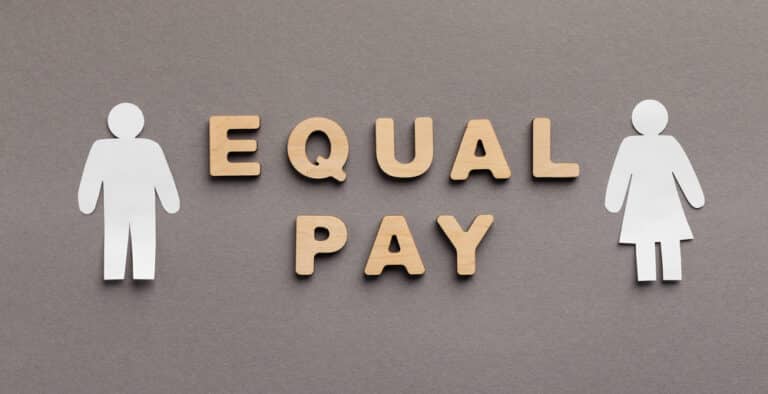In its recent Donohue v. AMN Services, LLC decision, the California Supreme Court overturned the Court of Appeal decision and held that “employers cannot engage in the practice of rounding time punches – that is adjusting the hours that an employee has actually worked to the nearest preset time increment – in the meal period context.” The Court reasoned that California’s “meal period provisions are designed to prevent even minor infringements on meal period requirements, and rounding is incompatible with that objective.” In their decision, the Court stated that “time records showing non-compliant meal periods raise a rebuttable presumption of meal period violations, including at the summary judgment state.”
In Donohue, the employer had used an electronic time-keeping system called “Team Time” that would round punches to the nearest 10-minute increment. “For example, if an employee clocked out for lunch at 11:02 am and clocked back in at 11:25 am, Team Time would have recorded the time punches as 11:00 am and 11:30 am. Although the meal break was actually 23 minutes, it would have been recorded as 30 minutes. The same applies for if an employee clocked in for work at 6:59 am and clocked out for lunch at 12:04 pm, the time would have been rounded to 7:00 am and 12:00 pm. There, the actual meal period would have started five minutes after the five hours of work mark.” The Court reasoned that the employer relied on Team Time to round time punches to determine whether a meal period was short or delayed.
Following Donohue, employers should review their time recording practices to ensure that they are lawful. The Court’s decision requires employers to show that meal break periods were provided lawfully when an employee’s timecard reflects otherwise. For assistance or more information about how this ruling may impact your business, contact the employment attorneys at Chauvel & Glatt.
The material in this article, provided by Chauvel & Glatt, is designed to provide the informative and current information as of the date of the post. It should not be considered, nor is it intended to constitute, legal advice or promise similar outcomes.






